If your family has been thinking about adopting, I’m here as a BTDT mom to help.
This year, my family grew by one more child when my husband and I adopted our daughter, a spunky 2-year-old from South Korea. It feels like we’re experts on adoption at this point, having waited a full three years to get her home, but it doesn’t feel that long ago that we were totally clueless about where to start.
I’m not going to lie, the process is long and bumpy. And it can be exhausting, both emotionally and physically.
But without hesitation I’d highly recommend it to anyone who feels they’re up for the adventure. And I can hopefully make things easier with these important steps to start an adoption.
Related: What one remarkable family is doing to support adoption.

I love Project Zero, a non-profit matching professional photographers
with kids waiting to be adopted through the foster care system.
1. Decide whether you want a domestic or international adoption.
This might seem like an obvious first step, but it’s an important one because the logistics and laws between domestic adoptions and international ones vary widely.
Deciding where you want to adopt from will determine pretty much everything else about your adoption process, from the types of documents you need to gather to the budget you need to set.
Domestic adoptions
The most common domestic adoptions are infant adoption, although adopting from foster care is an option too.
If you’re just starting your family and are looking to adopt an infant, domestic adoption might be a good path for you.
For infant adoptions, it’s a great idea to contact a home study agency or adoption lawyer in your area — you will get great feedback if you join a Facebook group in your area focused on adoption — for specifics about the process, including the period of time the birth mother and father are legally allowed to change their minds about placing their child with adoptive parents, and what your financial risk would be if they do that.
Because the birth mothers select families for their children by reviewing photos and bios of interested parents, there’s no sure way to gauge how long you’ll wait to be matched for a domestic adoption.
I know parents who waited one week — and parents who waited 10 years! So, just be prepared.
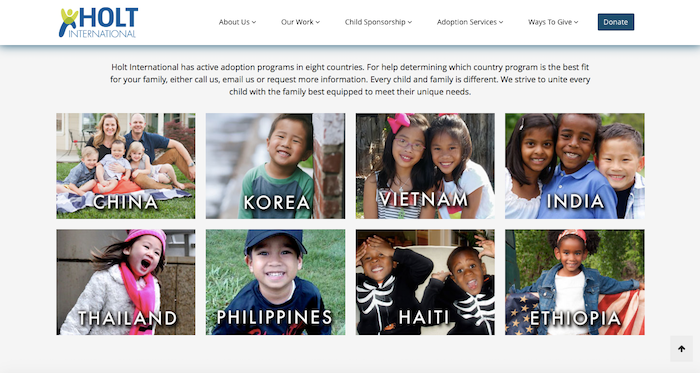
International adoptions
We started on the domestic track, but after the two-year roller coaster of waiting, we shifted plans to adopt internationally.
If you choose to go this route, you most likely won’t be adopting an infant, although the ages of children vary widely by country.
Each country is also vastly different in their laws and requirements for adoptive parents — there are even age limits, weight limits (seriously!), and past medical history issues that can disqualify you from some countries but not others.
We started our process by checking with Holt International, since they’re one of the oldest and most experienced agencies in the country with offices in every state, to view their waiting child lists and get a glimpse at the adoption process in each country. We also looked at the State Department’s intercountry adoption page, to see current info on the laws in each country. This gave us a good overview, so we’d know which questions to ask when we met with our home study agency for the first time.
Also, I highly recommend meeting with a counselor who specializes in adopted kids to glean advice on adopting overseas, as they’ll likely be able to identify common parenting issues you may face based on the region your child is adopted from.
2. Pick the right home study agency.
Once you’ve decided whether to adopt domestically or internationally, the next step is to find a home study agency that’s right for you.
This is especially important since they’ll be supporting you throughout the entire adoption process; and possibly even after you get home with your child, if they’re as helpful as ours. I’ve called my social worker to ask for help with getting insurance coverage for our adopted child, whether her eating habits were normal, and what to do about difficult sleep issues. And she’s been there for me every step of the way.
To find the right one, inquire with friends who have adopted kids or look to adoption social media groups in your city. It’s a little like picking the right OBGYN — you want someone you trust fully to take you though the process and help you have the healthiest possible connection with your child.
Once you have a list, I’d suggest getting quotes and references from a few different agencies so you can start narrowing it down.
3. Get your paperwork together. Ugh.
Your home study agency will provide you with a list of required documents you’ll need to provide before they can write up your home study, so get ready!
This will range from basics like birth certificates and employer and personal references, to FBI fingerprinting. You may even need physical or even psychological evaluations, depending on the country or state you choose to adopt from.

I found it helpful and less overwhelming to keep our to-do list in a 3-ring binder. As all the documents and clearances came in, we added them to the binder in order, and checked them off our list. This kept us extremely organized.
Besides, the quicker you can finish this process, the better, because you can’t pursue any opportunities to adopt until you have this step completed.
Related: 10 of the best, thoughtful gifts for newly adoptive parents and their kids
4. Get prepared emotionally. (At least as much as you can.)
The one thing I’ve heard over and over from adoptive parents is that they wish they were more prepared to handle their new child’s emotional needs in those early days.
One fantastic book that has been nothing less than life-changing for me is The Connected Child by Karen Purvis. If you want to read one book that will make you better prepared as an adoptive parent, make it this one.
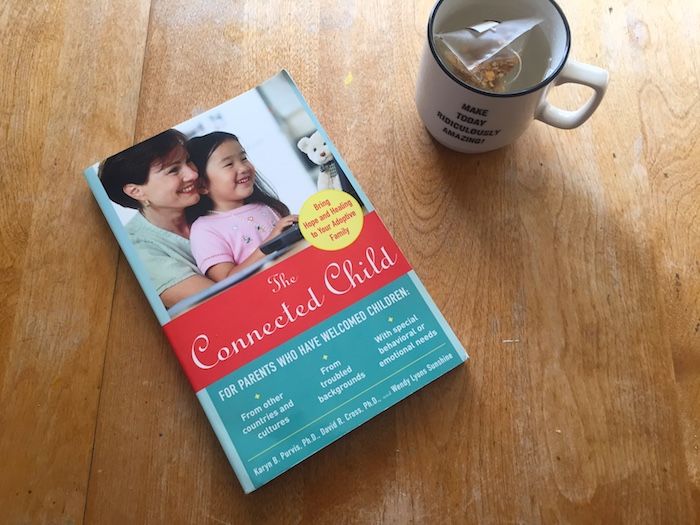
Dr. Purvis’s research on brain development and connecting with emotional needs of kids who have been adopted has given me some of those lightbulb moments of clarity in the middle of confusing or overwhelming adoptive-parenting moments.
It’s also full of practical tips and techniques related to discipline, feeding, sleep, and more that you’ll definitely want to be aware of before your child steps foot (or crawls!) into their new home.
And if you end up as big a fan as me — and every other adoptive parent I know — then you might want to register for one of the Empowered to Connect seminars, based on the book too.
5. Help your other children understand the process and manage expectations.
If you already have kids, be sure to consider how much information they can handle before you share every detail of the adoption process with them.
There are so many frustrations for adults alone to deal with: Waiting indefinitely; not getting picked by a birth mother; having a birth mother change her mind; having a country change their requirements or timetables midstream.
So just imagine how difficult those same issues can be for an excited younger child, especially if they accumulate over time.
In fact, I know many families who have decided to keep their kids completely in the dark until a match is final — kind of like waiting until later in a pregnancy to reveal the big news — but that decision is up to you.
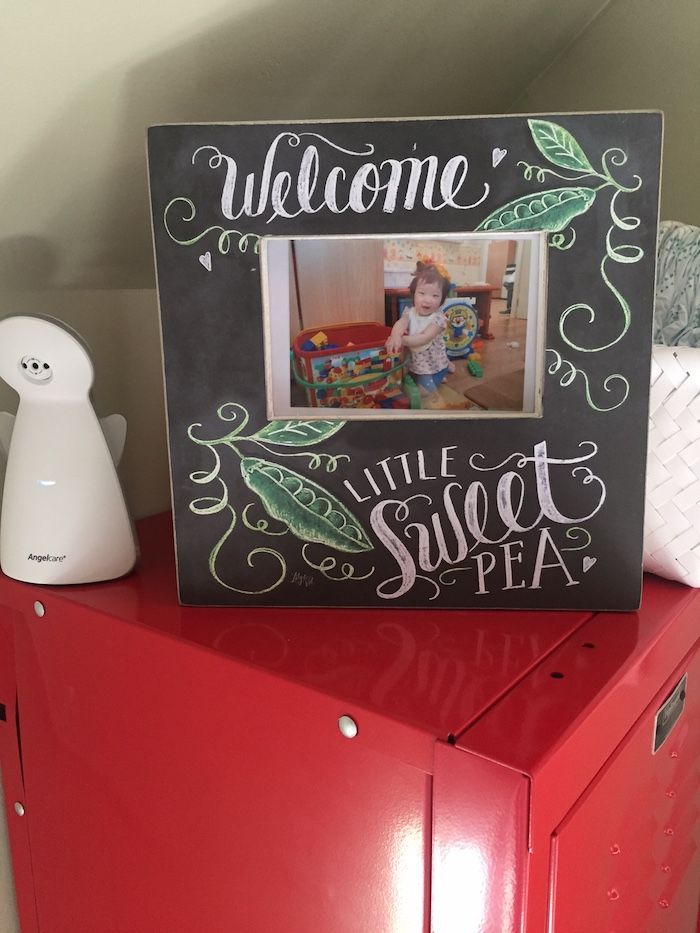
Now, if your kids are a bit older and aware of what’s going on, as mine were, there are lots of ways to turn waiting time into celebrating time:
-Frame photos of your children’s new sibling for their bedroom.
-Help your kids create their own journals about what it’s like to wait for their adopted sibling to arrive.
-Throw a birthday party at home to honor your expectant child; we did this for our Maggie while she was still with her foster family in South Korea and it helped us all feel like we were a part of her life, even while she was halfway around the world. (And it’s nice to show her that she was being celebrated even before she got home.)
I also strongly recommend creating really open communication channels with your kids during the process. Let them know it’s okay to be disappointed (or scared, anxious, or whatever they may be feeling) during the process, and encourage them to express those emotions. Freeing my kids from the guilt of not loving every minute of the long process has been so healthy and important for all of us.
6. Learn how to survive the wait.
The waiting is the hardest part. Like, really, really hard. It’s okay to make self-care a priority when you feel like you’re crashing. Maybe you need to avoid certain groups of friends, take a pass on helping to watch your friend’s new baby, or vent to a friend who is willing to listen.
Ultimately, my whole family learned so much about letting go of control (something I’m NOT good at) and being patient while we waited for this child we already loved so much to come to her forever home.
So hang in there, parents. I know it’s hard.
Just know that while the process isn’t always easy, our amazing new daughter was worth every headache and heartache along the way (and more).
So think of me here for you, cheering you on, hoping you end up with the same happy ending that I have.
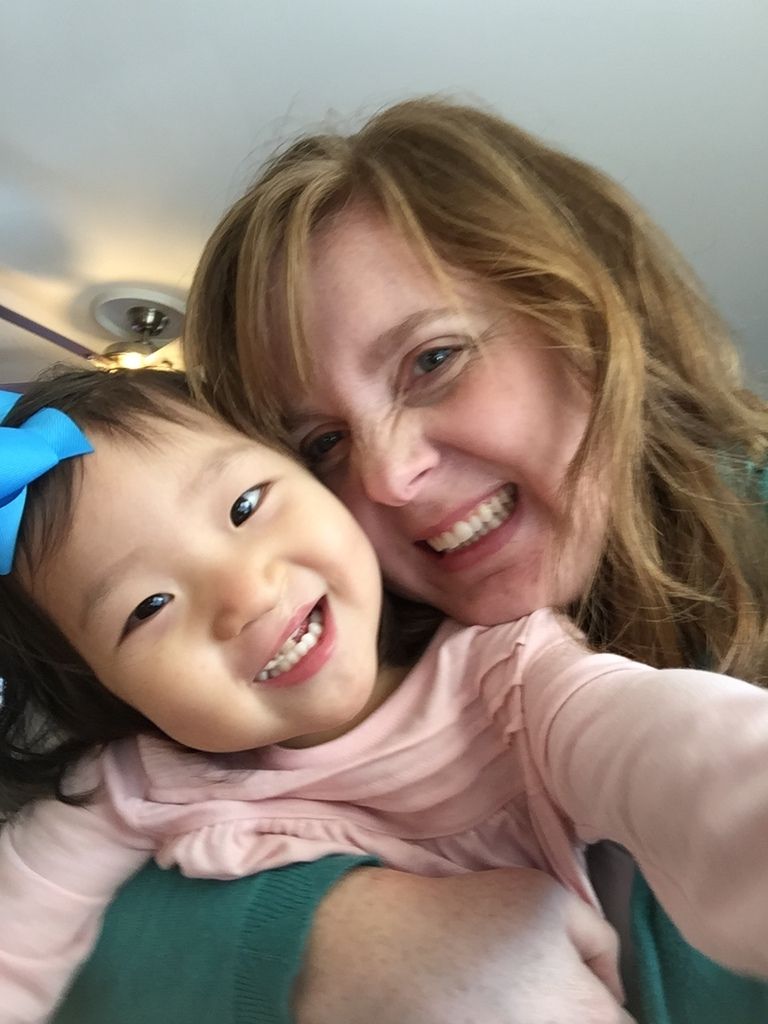
Have any questions about our adoption process? I’m happy to help where I can! Leave any comments here and I’ll respond. -Kate
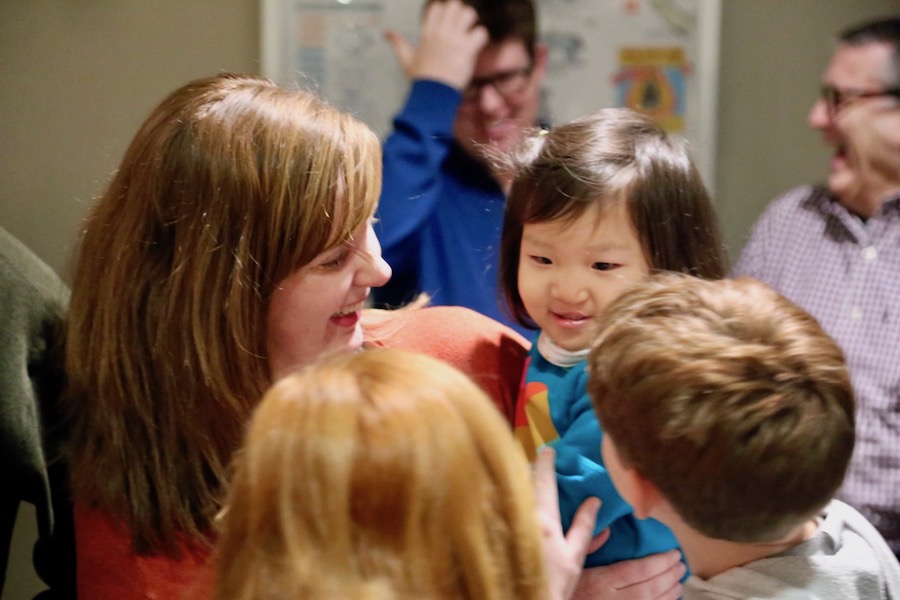









You’ve got some great advice here for those looking at adoption. My wife and I have considered this for a long time, and we think we’re ready to take the the next step. Infant, domestic adoption is what we’re looking at, but we honestly aren’t super picky either. I’ll have to talk to my wife some more.
I’m so glad we could help!
Thanks for mentioning that it is best to hire an adoption lawyer if you plan on adopting an infant. My wife and I are interested in adopting a child since we have been dealing with fertility issues recently, but we want to make sure that the birth mother doesn’t change her mind during the process. Maybe hiring a legal expert would ensure that we can adopt a child without any complications.
Congratulations! That’s so exciting. I’m not an adoption lawyer, but my understanding is that in the US a birth mother has the right to change her mind at any point in the process before the baby is born. The time she has to change her mind after the baby is born and placed with you varies by state, from a few days to a few weeks. That said, you can take steps to protect the money you spend in the process. Some agencies will apply the money you’ve paid them to your next match, but others will not–if the birth mother changes her mind, you lose the money you’ve spent too. A lawyer can definitely help you navigate those terms. Do it before you sign with an agency!
I’m thankful that you mentioned how you need to complete all of the necessary paperwork before you can start the adoption process. I remember my sister telling me that she would like to adopt a child once she purchases a house next year, but she is worried that she will not have enough time to thoroughly research each step she must take since she spends the majority of her time at work. Maybe finding an adoption agency would help her learn how she can prepare to adopt a child.